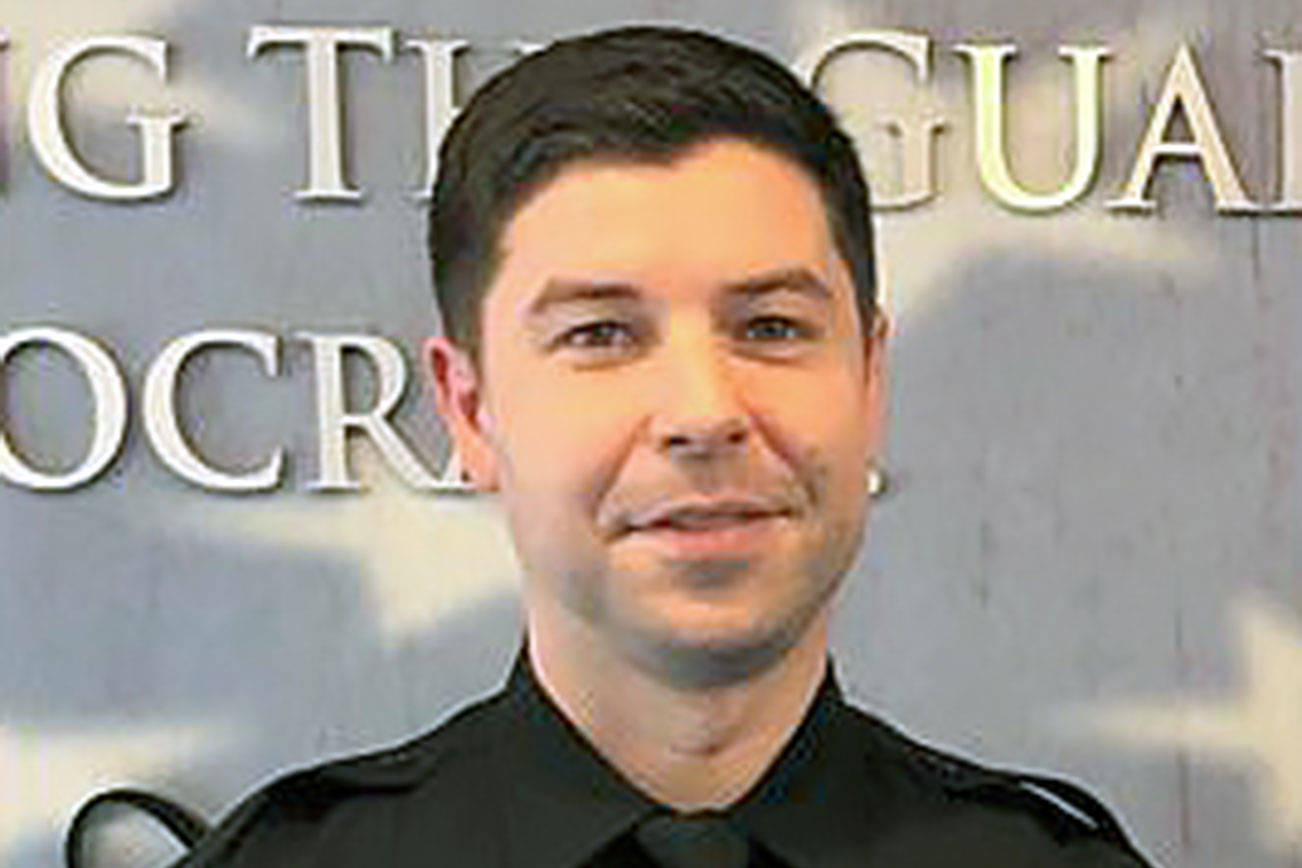EVERETT — Prosecutors plan to rest their case Tuesday in the double murder trial of William Talbott II.
A state crime lab supervisor, who is expected to be the prosecution’s last witness, explained to a jury how Talbott’s genetic profile was found to match DNA from a crime scene, three decades after the killings.
Odds of a random match were 1 in 180 quadrillion, the lab supervisor Lisa Collins testified Monday in Snohomish County Superior Court.
That is 180 followed by 15 zeros.
The defendant is accused of murdering Jay Cook, 20, and Tanya Van Cuylenborg, 18, a young couple from Vancouver Island on a road trip to pick up furnace parts from south Seattle in late 1987.
Cook was beaten with rocks and strangled with twine that had been tied onto dog collars. His body was dumped under a bridge south of Monroe.
Van Cuylenborg had been shot in the back of the head. She was found deceased off a road in rural Skagit County, more than 60 miles away.
A semen stain from her pants was sent to Parabon NanoLabs in Virginia. The private lab uploaded a genetic profile to the ancestry website GEDMatch, and a genealogist built a family tree for the suspect. Her research pointed detectives to Talbott, 56, a trucker from SeaTac who grew up near Woodinville.
Nationwide it’s the first case using the technique, known as genetic genealogy, to go to a trial by jury.
To confirm the genealogist’s work, police put Talbott under surveillance and watched until a paper cup fell from his work truck. He happened to be in the SoDo District of south Seattle at the time, not far from the Canadian couple’s destination 30 years earlier.
The cup was delivered to a state crime lab. Later, the lab analyzed swabs from Talbott’s cheek. Both times, the samples matched the crime scene DNA, according to the state’s trial brief.
Some of the original crime scene DNA had degraded from decades in storage, but not to the point that it was unusable.
A degraded sample doesn’t create a “phantom” profile that could lead to a false identification, Collins said.
“It doesn’t change the DNA at all, it just breaks it down,” she said.
The jury also heard testimony Monday from detective Jim Scharf about Talbott’s arrest. He recounted how he stopped the suspect when he exited a semi truck in May 2018.
Scharf recalled he told him he was from the sheriff’s office. Talbott would not hand over his identification. At first he would not turn around or put his hands behind his back, when he was told he was under arrest for investigation of first-degree murder, Scharf said.
Meanwhile, other detectives had parked near the homes of Talbott’s family members — waiting for a signal that the suspect was in handcuffs. Once he was in custody, they knocked on front doors for interviews.
Talbott’s father and sisters had little to offer, and did not recall ever seeing the suspect with key evidence from the case: a blue blanket that covered Cook’s body; a .38-caliber gun, or any gun; a Minolta camera, a green canvas backpack or a black ski jacket that had gone missing from the Cook family van.
Jurors have heard about 1½ weeks of testimony from police, Canadian family members, witnesses who found key evidence and Talbott’s former roommates.
Prosecutors planned to review evidence overnight to ensure they did not overlook anything.
Once the state rests, it will be the defense’s turn to call witnesses.
Both sides said they would be ready to make closing arguments Tuesday.
Caleb Hutton: 425-339-3454; chutton@heraldnet.com. Twitter: @snocaleb.










